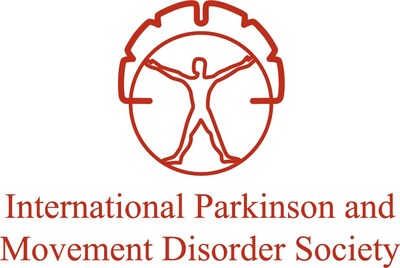Cycling fast to slow Parkinson's: High-rate exercise regimen results in lower rate of motor symptom progression
PR Newswire
HONOLULU, Oct. 5, 2025
HONOLULU, Oct. 5, 2025 /PRNewswire/ -- New evidence suggests physical therapy-programmed aerobic cycling can slow the progression of Parkinson's disease (PD), as reported at the International Congress of Parkinson's Disease and Movement Disorders® in Honolulu.
In a multisite randomized controlled trial (CYCLE-II), researchers evaluated the efficacy of a 12-month home-based high-intensity exercise intervention in slowing PD progression among people with mild-to-moderate PD (N=256). Individuals assigned to the intervention were prescribed stationary cycling for 45 minutes three times a week, with virtual coaching focused on maintaining a high-rate cadence (≥75 RPMs). Social support in the form of a virtual cycling community also was used to optimize exercise engagement.
Those prescribed the cycling regimen demonstrated a significantly lower rate of motor symptom progression at 12 months than those receiving usual care, as rated by the MDS-UPDRS Part III scale (+3.7 points; P<0.0001). Importantly, adherence to the regimen was high (93%), with study participants completing 92.4 minutes of exercise per week on average. Authors concluded that structured, heart rate-focused aerobic exercise could be a viable disease-modifying intervention.
"This study found that individuals who maintained a cadence of ≥75 RPMs and increased their power-to-weight ratio experienced the most benefit," said Daniel Corcos, Professor of Physical Therapy and Human Movement Sciences at Northwestern University. "I look forward to the subsequent paper to determine if these two variables are the only causally related variables. An alternative hypothesis is that individuals who exercised at heart rates closer to their maximum progressed at slower rates.
"Moreover, this is now the fourth study to demonstrate that aerobic exercise may well slow down the rate at which PD progresses, and an additional pilot study showed that high-intensity exercise increases dopamine transporter availability and neuromelanin content. Regardless of the causal factors underlying slowed progression, more and more evidence is accumulating that we know the exercise prescription for people with PD, and high-intensity aerobic exercise is currently the only way to slow progression."
The full text of the abstract is available at mdsabstracts.org.
About the 2025 MDS International Congress of Parkinson's Disease and Movement Disorders®:
The MDS International Congress is the premier annual event to advance the clinical and scientific discipline of Movement Disorders, including Parkinson's disease. Convening thousands of leading clinicians, scientists and other health professionals from around the globe, the International Congress will introduce more than 1,800 scientific abstracts and provide a forum for education and collaboration on latest research and treatment findings.
About the International Parkinson and Movement Disorder Society:
The International Parkinson and Movement Disorder Society® (MDS), an international society of more than 12,000 clinicians, scientists, and other healthcare professionals, is dedicated to improving patient care through education and research. For more information about MDS, visit www.movementdisorders.org.
![]() View original content to download multimedia:https://www.prnewswire.com/news-releases/cycling-fast-to-slow-parkinsons-high-rate-exercise-regimen-results-in-lower-rate-of-motor-symptom-progression-302574030.html
View original content to download multimedia:https://www.prnewswire.com/news-releases/cycling-fast-to-slow-parkinsons-high-rate-exercise-regimen-results-in-lower-rate-of-motor-symptom-progression-302574030.html
SOURCE International Parkinson and Movement Disorder Society



